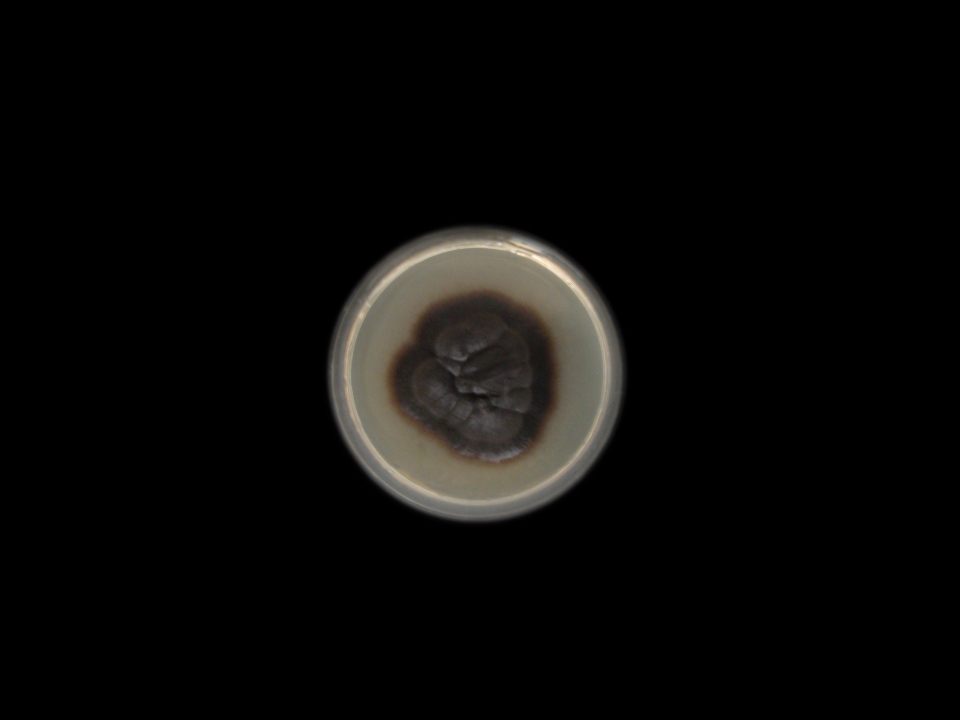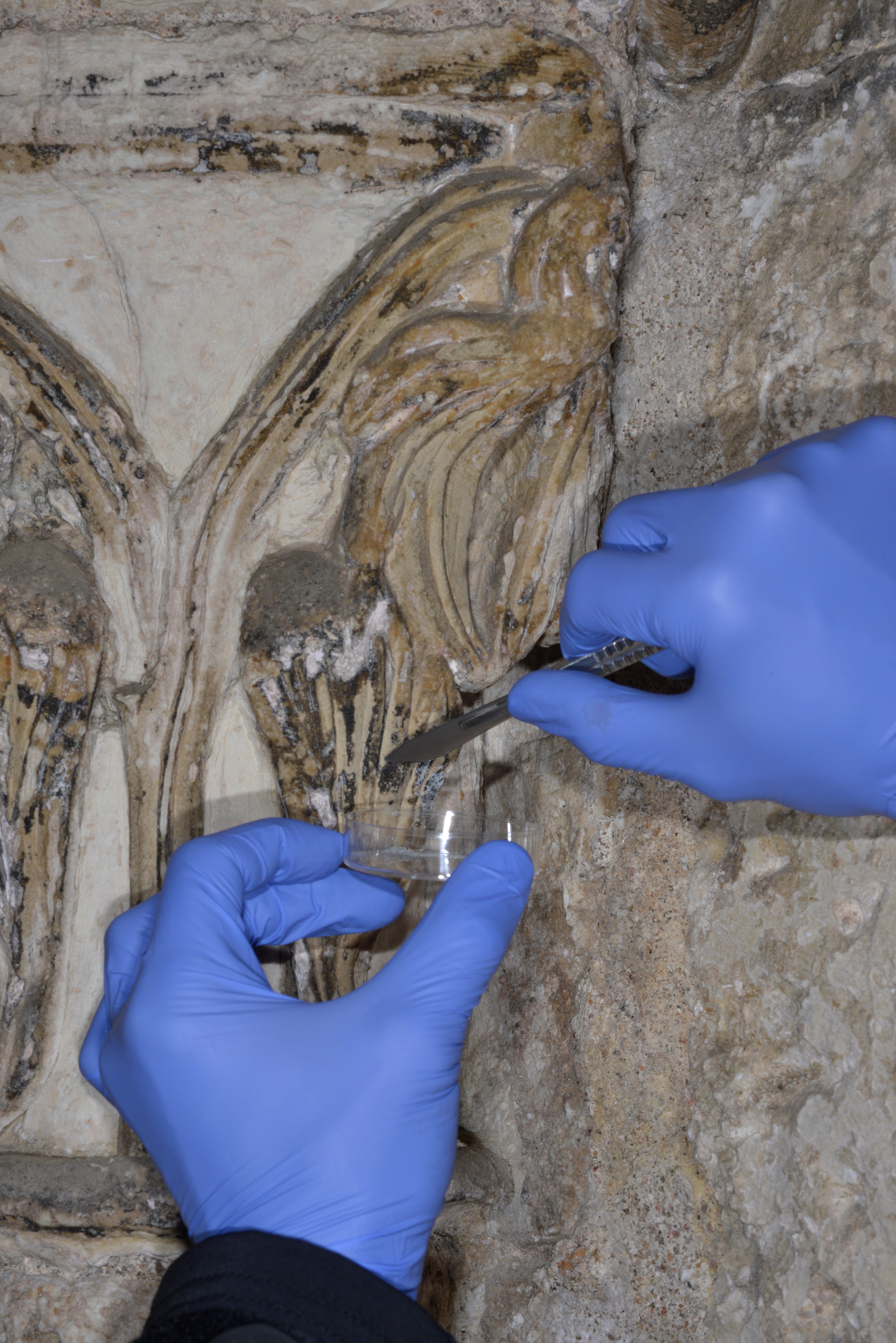Scientists Discovered a New Family of Fungi on an 800-Year-Old Cathedral in Portugal
This miniature foe is munching through the stone walls of Sé Velha.

On a hillside in the center of Coimbra, Portugal, sits the Sé Velha (Old Cathedral), one of the longest standing Romanesque cathedrals left in the country. Constructed like a fortress, the cathedral was part of the defense line against the Moors during the Reconquista and remains intact to this day. However, a new miniature foe is munching through the edifice’s stone walls.
The Sé Velha is on the campus of the University of Coimbra – Alta and Sofia, a UNESCO World Heritage Site. During an experimental survey checking for biodeterioration, scientists from the university made a shocking discovery. Microcolonial black fungi (MCBF) had begun cultivating on the cathedral walls. Black fungi are key players in the erosion of stone buildings. However, this wasn’t the typical funky fungi: The team had in fact discovered a new strain of MCBF. Their findings and research were published in MycoKeys.
During the survey, the team noticed some of the artwork in the cathedral’s Santa Maria Chapel was covered in a black mass. They began scraping the fungal chunks into a collection tube for testing. “We first took samples from the limestone surface, isolated the organism, and conducted an extensive and integrative analysis,” says João Trovã of the University of Coimbra, the lead author of the study, via email.
The results were peculiar. Data didn’t allow for a proper classification into any known taxonomy. They had discovered a new species, genus, and family. In terms of destructiveness, the newly named Aeminium ludgeri acts similarly to its corrosive brethren.

MCBF are the bane of conservators and biologists working to preserve historical sites. Black fungi are extremely difficult to remove and they devour stone structures. Once they colonize, stones turn black and fissures are created when their tentacle-like hyphae, their primary means of vegetative growth, begin to root.
Black fungi are also extremely slow-growing and resistant to many physical and chemical treatments. According to Trovã, these fuzzy cultures can withstand extreme temperatures, high solar and ultraviolet radiation, osmotic changes, and severe drought. This tenacity is a byproduct of their physical makeup.
Physiological adaptations allow them to colonize virtually any stone. Trovã says MCBF are considered “one of the most resistant [to extreme conditions] eukaryotic organisms known to-date.”
In the study, the researchers write that the species, “might be endemic to limestone quarries on the Iberian Peninsula,” raising concerns about other stone structures. Trovã says further research is needed to understand the extent of where the fungi spread, but currently the dastardly cultures have only been found in the cathedral. Additional studies will also aid scientists in profiling its biodeterioration abilities in order to implement better intervention strategies going forward.
The cathedral has survived for 800 years. For its legacy to continue, conservators will need to better understand this fungal scourge.







Follow us on Twitter to get the latest on the world's hidden wonders.
Like us on Facebook to get the latest on the world's hidden wonders.
Follow us on Twitter Like us on Facebook